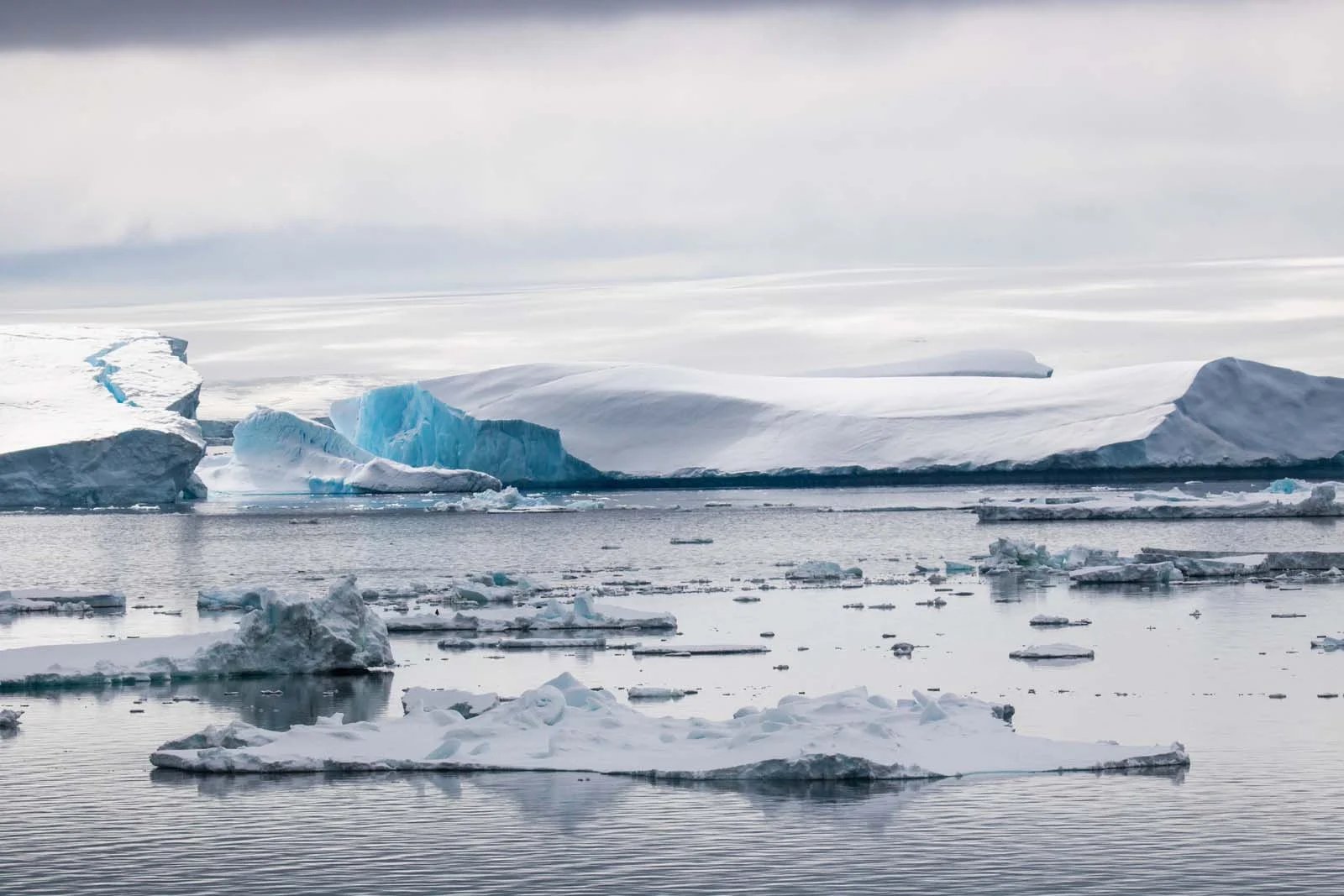
15 Amazing Tips to Explore Antarctica | Travel Blog
Exploring Antarctica is a once-in-a-lifetime adventure, offering a symphony of pristine landscapes, incredible wildlife, and the raw beauty of the frozen continent.
To ensure your journey through the heart of Antarctica is not just memorable but transformative, here are 15 invaluable tips that delve deeper into the intricacies of exploring this awe-inspiring destination.
Table of content
- Weather-ready attire: conquer the elements
- Plan your expedition: choosing the right Antarctic adventure
- Zodiac mastery: navigating the Antarctic waters
- Wildlife etiquette: respecting nature's residents
- Camera-ready: capturing the frozen beauty
- Educational opportunities: deepening your Antarctic understanding
- Explore beyond the shore: offshore excursions
- Embrace the midnight sun: extended exploration hours
- Responsible tourism: leave no trace in Antarctica
- Flexibility is key: embracing the unexpected
- Connect with fellow explorers: share and learn
- Gear up for adventure: equip yourself properly
- Go beyond the beaten path: seek hidden gems
- Antarctic cuisine: savor unique flavors
- Reflect and absorb: immerse yourself in the moment
When is the best time to explore Antarctica?
What wildlife can be encountered while exploring Antarctica?
How do I prepare for the extreme weather conditions in Antarctica?
What types of activities are available for exploration in Antarctica?
How can I contribute to sustainable tourism while exploring Antarctica?
Tips to explore Antarctica
1. Weather-ready attire: conquer the elements
Antarctica's weather is as diverse as its landscapes, choosing the right time of the year is essential for an Antractica trip. It is also important to equip yourself with high-quality, weather-resistant attire, including thermal layers, waterproof outerwear, and insulated boots. Understanding the importance of dressing in layers ensures comfort as you navigate Antarctica's varying weather conditions.
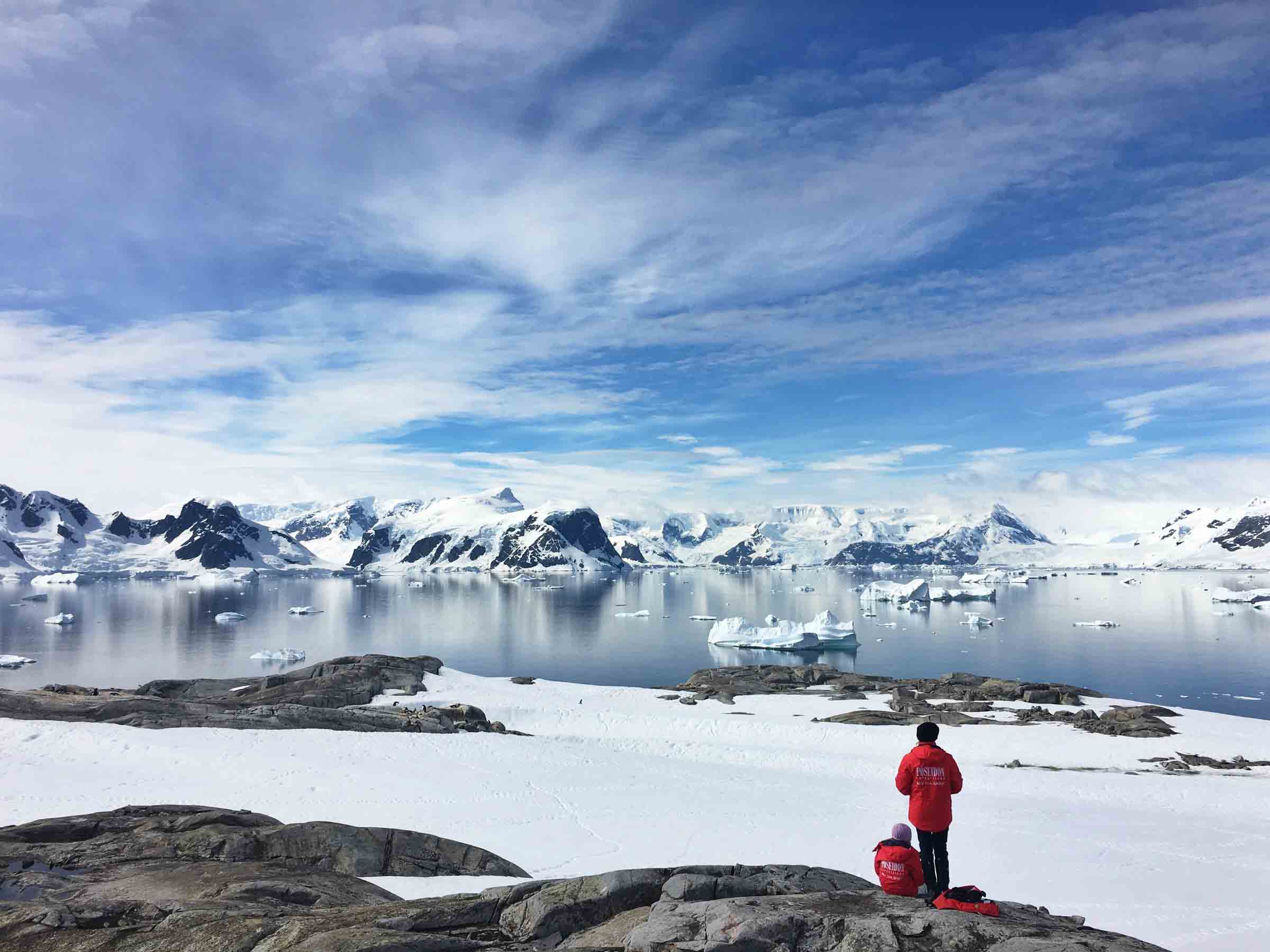
2. Plan your expedition: choosing the right Antarctic adventure
Selecting the right expedition is crucial. Consider the duration, activities offered, and specific areas explored. Whether your passion lies in wildlife encounters, glacier hikes, or scientific exploration, align your interests with the expedition's focus to create a truly personalized experience as you explore Antarctica.
Here are few options of trips with different lengths:
- Antarctica Express fly – cruise – 6 days
- Ultimate Antarctica Experience – 12 days
- Antarctic Odyssey including South Georgia – 21 days
3. Zodiac mastery: navigating the Antarctic waters
Zodiacs are your gateway to intimate encounters with Antarctica's wonders. Master the art of zodiac emarkation, as you will have to get in and out of these crafts several times a day, be sure you understand the sailor’s arm embrace and other techniques. Understanding the dynamics of icy waters and gaining insights into accessing remote locations. This skill enhances your exploration, offering unique perspectives of Antarctica's stunning scenery.
4. Wildlife etiquette: respecting nature's residents
Antarctica's wildlife is captivating, and encounters with seals, penguins, and seabirds are inevitable. Understanding and respecting wildlife etiquette is crucial. Maintain a safe distance, minimize noise, and adhere to guidelines set by your experienced expedition leaders for responsible wildlife viewing.
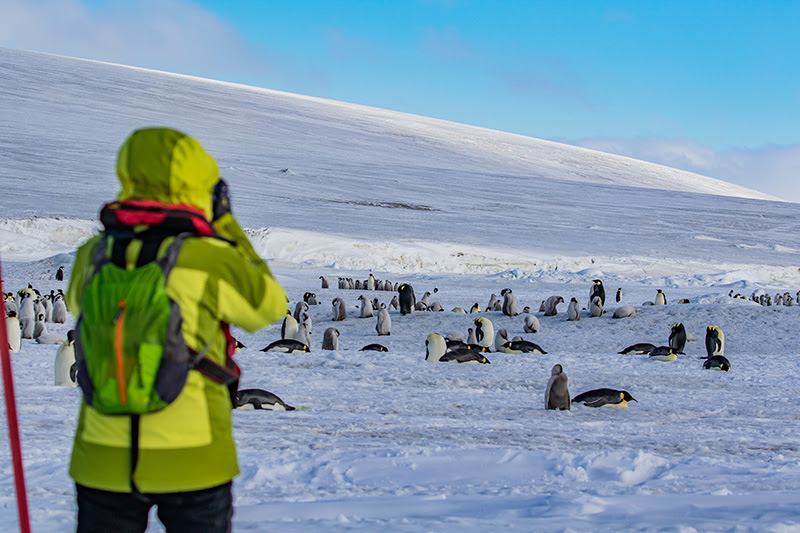
5. Camera-ready: capturing the frozen beauty
Antarctica's landscapes are a visual feast, and a high-quality camera is your essential companion. Equip yourself with a camera capable of capturing the subtle hues of icebergs, the playfulness of penguins, and the vastness of the polar landscape. Immerse yourself in the art of photography as you explore Antarctica.
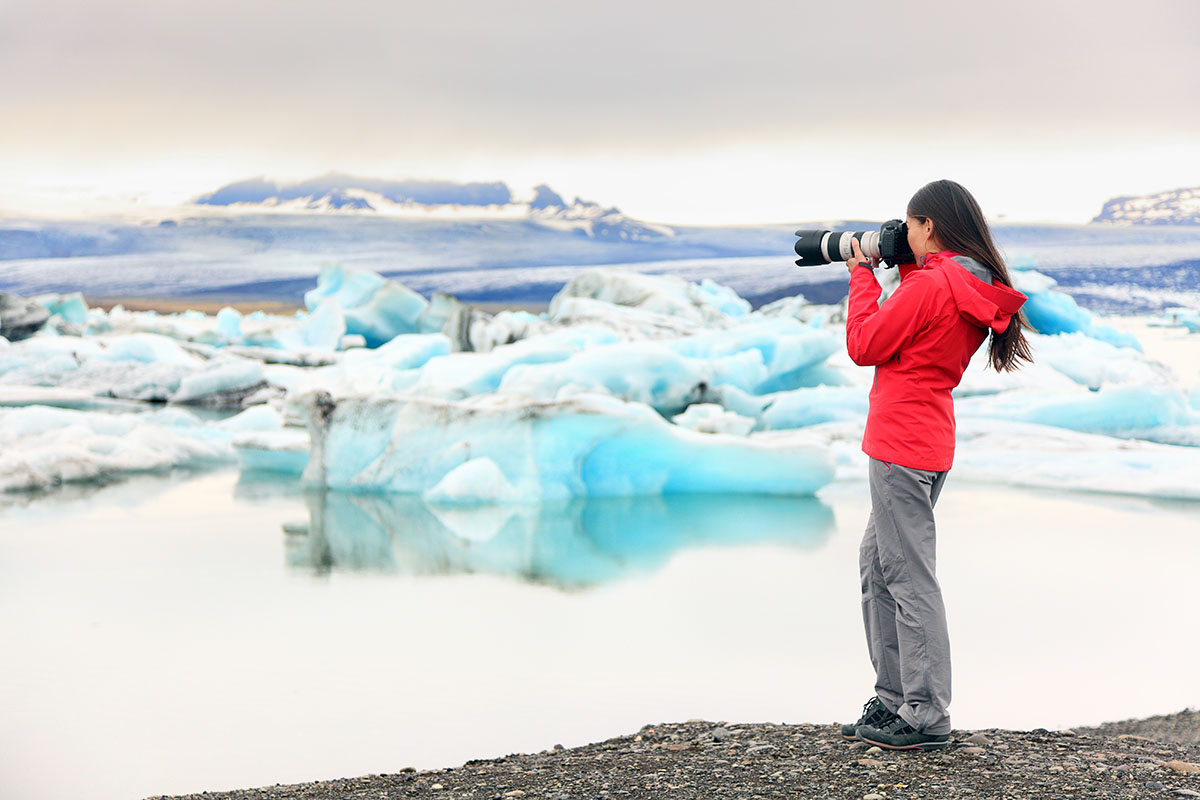
6. Educational opportunities: deepening your Antarctic understanding
Enhance your Antarctic experience by actively participating in educational programs and lectures offered onboard. Delve into the history, geology, and unique ecosystems of Antarctica, gaining a profound understanding that adds depth to your exploration.
7. Explore beyond the shore: offshore excursions
While onshore experiences are breathtaking, exploring Antarctica from offshore vantage points provides a different perspective. Engage in Zodiac cruises and kayak excursions, allowing you to navigate icy waters and access hidden corners, expanding the breadth of your Antarctic exploration.
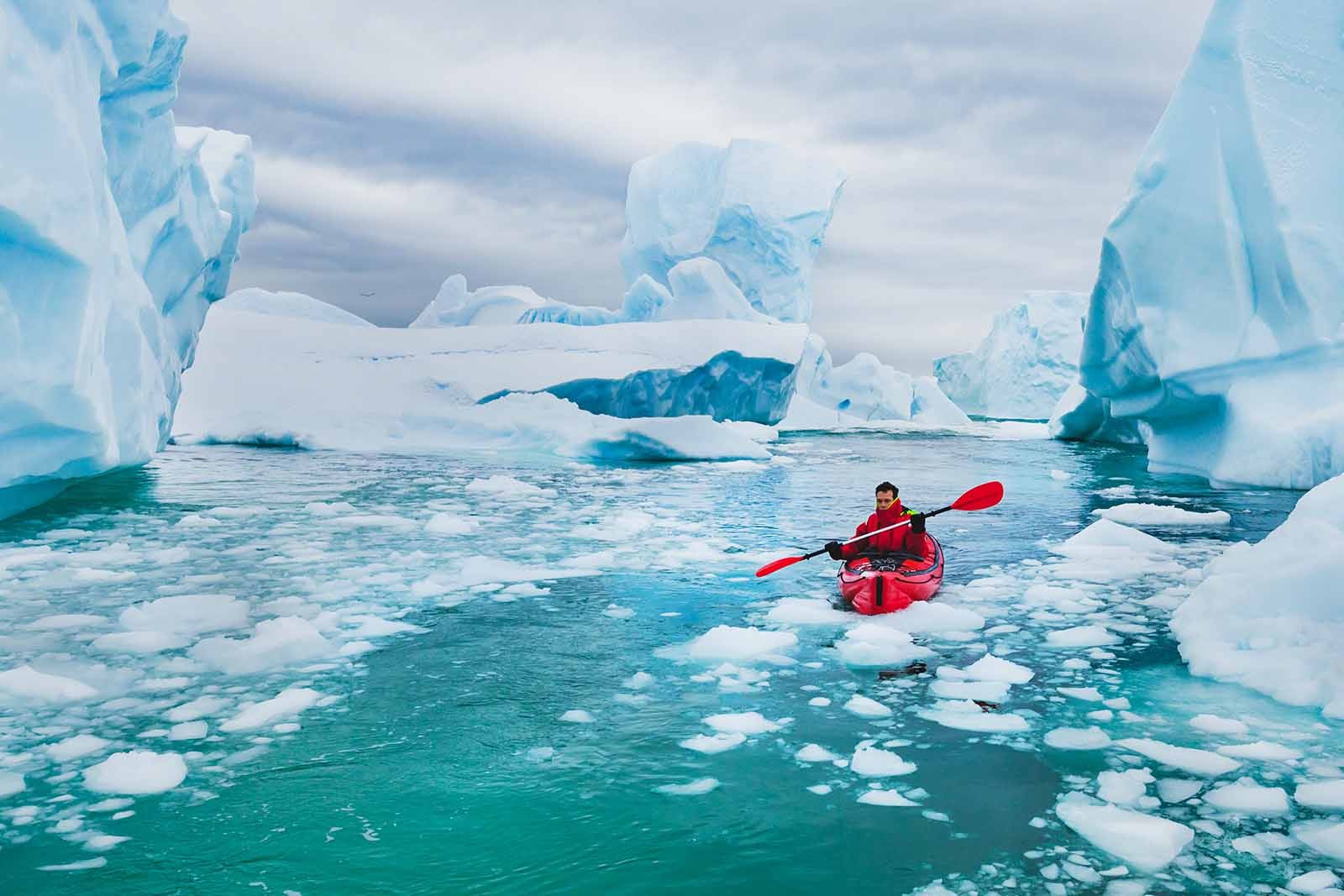
8. Embrace the midnight sun: extended exploration hours
The Antarctic summer offers the magical phenomenon of the midnight sun. Embrace the extended daylight hours, allowing for unique experiences like midnight hikes and photography sessions. Maximize your time to explore Antarctica's wonders bathed in the enchanting glow of the polar light.
9. Responsible tourism: leave no trace in Antarctica
Preserving Antarctica's pristine environment is a shared responsibility. Practice Leave No Trace principles, disposing of waste properly, following designated paths, and minimizing your impact. Adopting responsible tourism practices ensures the delicate ecosystems remain untouched as you navigate the frozen frontiers.
10. Flexibility is key: embracing the unexpected
Antarctica's conditions can change rapidly, requiring flexibility in your plans. Embrace unexpected opportunities, whether it's a sudden wildlife sighting or a unique weather phenomenon. A flexible mindset enhances your ability to explore Antarctica's wonders beyond the planned itinerary.
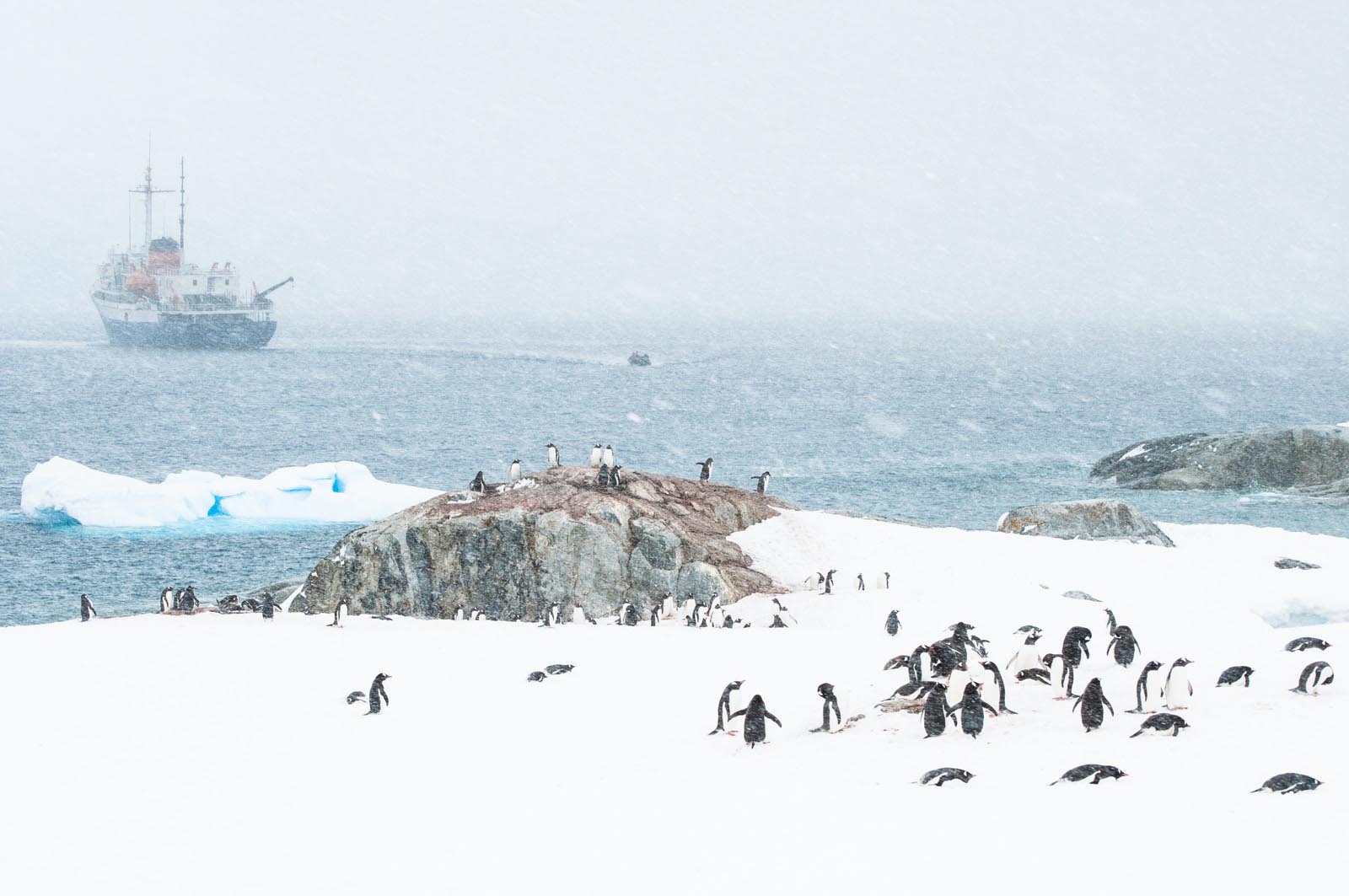
11. Connect with fellow explorers: share and learn
Engage with fellow travelers to enrich your Antarctic experience. Share stories, insights, and perspectives, creating a sense of camaraderie. The shared exploration of Antarctica becomes a collective journey, enhancing the richness of your experience.
12. Gear up for adventure: equip yourself properly
Pack essential gear for your Antarctic adventure. Binoculars, a waterproof backpack, and comfortable footwear are crucial. Ensure you are well-prepared for various activities and conditions, optimizing your comfort and safety as you explore Antarctica.
13. Go beyond the beaten path: seek hidden gems
While iconic sites are must-see, select an expedition cruise that ventures off the beaten path to discover hidden gems. Experienced guides can lead you to lesser-known locations, offering equally mesmerizing experiences away from the crowds as you explore Antarctica.
14. Antarctic cuisine: savor unique flavors
Indulge in the culinary offerings aboard your expedition vessel. Antarctic cuisine showcases fresh, local ingredients, providing a unique gastronomic experience. Delight your taste buds with regional specialties, adding a flavorful dimension to your exploration of Antarctica.
15. Reflect and absorb: immerse yourself in the moment
Take moments to pause, reflect, and absorb the unique beauty of Antarctica. Whether standing before a towering iceberg or witnessing wildlife in its natural habitat, immerse yourself fully in the extraordinary moments that define your exploration. Create mental snapshots that will forever remain etched in your memory.
Frequently asked questions
When is the best time to explore Antarctica?
The prime time to explore Antarctica is from November to March. This period offers milder temperatures, longer daylight hours, and more accessible wildlife, creating optimal conditions for an unforgettable expedition.
What wildlife can be encountered while exploring Antarctica?
Antarctica is home to diverse wildlife, including penguins, seals, whales, and various seabirds. Each species has its own unique behaviors, and exploring Antarctica provides opportunities for up-close encounters with these incredible creatures in their natural habitats.
How do I prepare for the extreme weather conditions in Antarctica?
A: Adequate preparation for Antarctica's extreme weather involves packing high-quality, insulated clothing, including waterproof outer layers. It's essential to follow the expedition's recommended gear list and be equipped for varying weather conditions, ensuring a comfortable and safe exploration.
What types of activities are available for exploration in Antarctica?
Antarctica offers a range of activities, including zodiac cruises, shore landings, wildlife watching, and scientific lectures. Explorers can participate in guided hikes, visit research stations, and embark on kayaking or ice-cruising excursions, tailoring their experience to personal interests.
How can I contribute to sustainable tourism while exploring Antarctica?
Sustainable tourism is crucial in Antarctica. Visitors can contribute by adhering to strict environmental guidelines, participating in educational programs on board, and practicing responsible wildlife viewing. Following "Leave No Trace" principles and minimizing environmental impact helps preserve Antarctica's pristine beauty for future generations.
Conclusion
In conclusion, these 15 invaluable tips aim to provide a comprehensive guide for those preparing to explore Antarctica. As you navigate the frozen frontiers, let each tip be a compass, guiding you through the intricacies of Antarctica's wonders.
Explore with curiosity, respect, and a spirit of adventure, allowing the frozen continent to unveil its secrets to you in every captivating moment.


